
The 7 Lifecycle Stages of an Inbound Sales Pipeline
The average business will typically go through two primary phases. The first phase is the establishment phase. During this phase, the most pressing business goal is to simply become viable. This is the stage where teams must look at what needs to be done, and do it… in whatever way they can. This phase is about delivering rapid customer-facing results that build an initial audience, establish a brand, and ultimately make money.
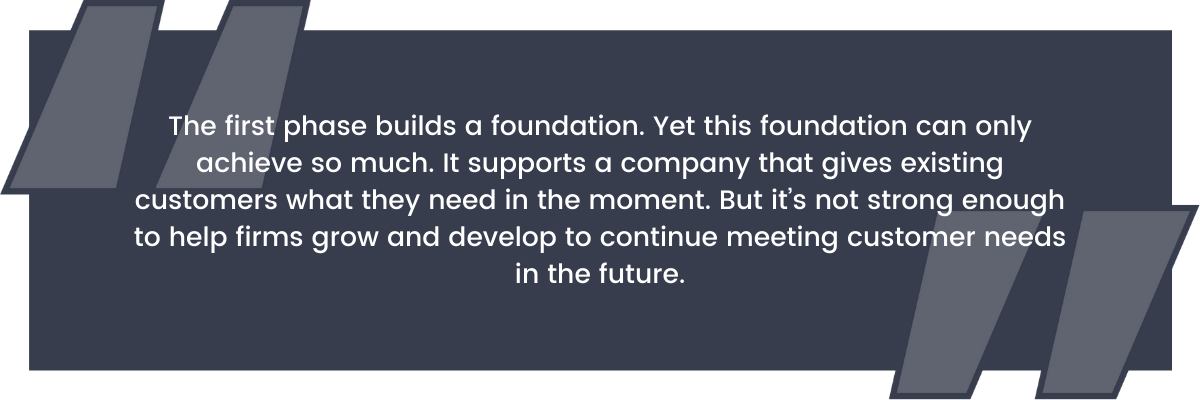
That’s where the second phase comes in: the growth phase.
The Growth Phase
The growth phase usually takes place when a business has squeezed as much value out of the establishment phases as they possibly can. Needing to do more to remain competitive, the growth phase looks at designing and solidifying internal processes to generate a stronger structure that allows for the base foundation to be built upon.
This is where many inbound sales teams are finding themselves right now. Previously, they’ve been focused on getting prospects through the sales pipeline as quickly as possible to boost revenue. But now, sales teams are beginning to more clearly see the advantages of creating better experiences throughout the funnel. Rather than just trying to get prospects through quickly as they would in the establishment phase, sales reps are beginning to use the funnel as a driver of satisfaction and key to customer retention.
The problem is that the growth phase can’t be approached haphazardly. This phase needs to have clearly defined steps that may not have been needed before. There is no structure to the average sales process. But there needs to be in order to grow.
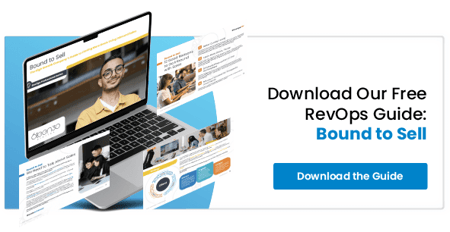
Why is Process Important?
Think about why you order your favourite takeaway every Saturday night. Or why you always go to the same hair salon. The answer is simple: you know what you’re getting. And that’s exactly why your own customers keep coming back to you (or why they should keep coming back to you). Customers like consistency in their experience.
So let’s hop back to the idea of approaching the growth stage haphazardly. Imagine your sales team is shifting their way of working to create a better journey for their prospects. But they haven’t implemented a process that standardises the changes that are being made. There is no documented sales process content. Some reps have a video sales process, others don’t. The result could be that the customer has such a fantastic experience the first time that they come back around to the top of the funnel a second time. They know what they expect from the journey… Yet this time, things are different. That’s an instant customer loss right there… from a prospect that could have had a strong CLV.
Building a Sales Process
To build an effective sales process, it’s important to understand and consider the seven core stages of the inbound sales pipeline. These stages align with the changes that the buyer goes through as they transition through the funnel. You can use these stages to build a sales enablement strategy and create resources that deliver at each stage.
The seven core lifecycle stages of the inbound sales pipeline are:
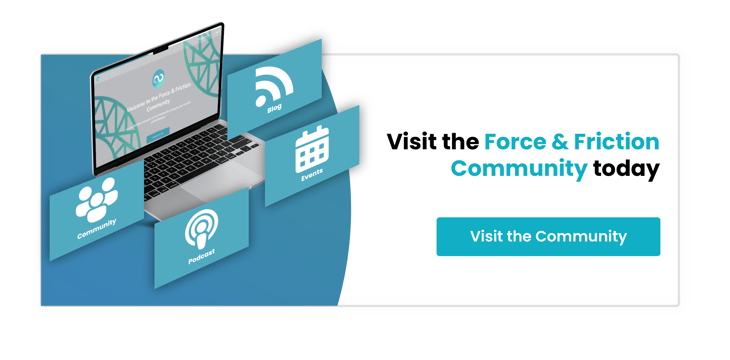
1. Subscriber
The first lifecycle stage concerns the casual visitor. This is a contact who knows enough about your business to take some sort of low impact action - signing up for a blog or email newsletter, for example - but doesn’t know enough to take things any further.
2. Lead
Subscribers become leads when they take an action above and beyond simply entering an email address. These are contacts who are actively taking the time to learn more about the business, often through engaging with either on-site or off-site content.
3. MQL
Leads become MQLs - marketing qualified leads - when they are happy to engage with a business’ marketing efforts, yet aren’t ready for a hard sell. Filling in data capture forms is a common MQL activity, along with clicking ads and browsing specific content.
4. SQL
MQLs become SQLs - sales qualified leads - when they take an action that requires a direct response from the organisation; an enquiry about a product, for example. At this stage, the contact shows signs that they are ready and willing to engage with sales.
5. Opportunity
SQLs become an opportunity when they receive an answer to their enquiry, have engaged with the sales team, and still show strong signs of being interested in the product. At this stage, the sales process should often focus on persuasion activities.
6. Customer
Opportunities become customers when they hit the button; when the deal is closed. In the establishment phase, this is where the sales would typically cease involvement with the contact, but in the growth phase, maintaining relationships is the key to success.
7. Evangelist
Not all customers become evangelists, but those that do can be hugely valuable to your business. A customer may become an evangelist when they’ve had a great experience, sharing this positive experience with others and acting as influencers.
By understanding the seven lifecycle stages of an inbound sales pipeline, it becomes easier for sales teams to build standardised processes that acknowledge each of these stages and outline best techniques and approaches that sales reps can use to effectively manage contacts depending on where they are within that pipeline. It also works to turn opinion into fact. There’s no debate or discussion about where a contact is; the specific stages make it clear how to categorise a contact based on their actions.
And perhaps best of all, the sales pipeline doesn’t just help to create processes; it also helps to maintain them. By analysing behaviours across the sales pipeline, it’s easy to identify common sticking points and bottlenecks, highlighting which parts of the process need to be adapted for best effect. Insights into the sales pipeline can also help teams to make better decisions about their future processes to really boost performance.


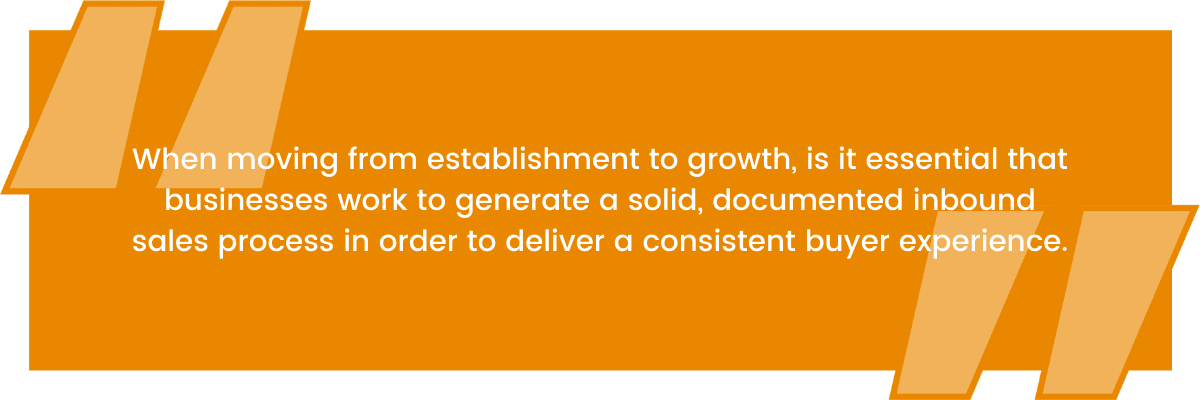
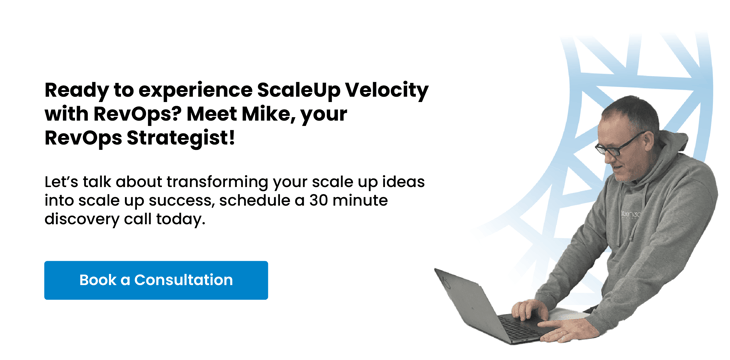





%20-%20Teal.png?width=500&height=130&name=Force%20%26%20Friction%20-%20Branding%20-%20Logo%20(White)%20-%20Teal.png)